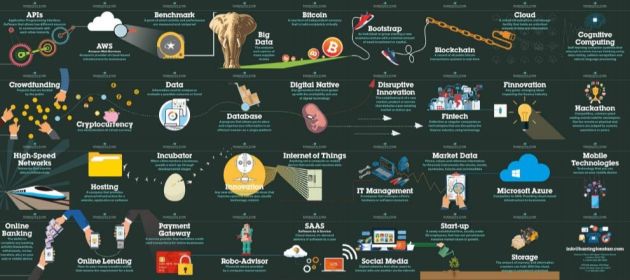In Six Secrets Of Making Jargon Work For You, I described many ways by which you can legitimately use jargon in your sales and marketing efforts.
In this post, I will describe another way in which jargon is used by the One-Percenters. For the uninitiated, the term refers to members of the top one percent of a population by wealth i.e. the ultra-rich. It’s also another expression for 99th percentile.
I read the following tweet recently:
When rickshawwalas do it, it’s daylight robbery!
When Uber does it, it’s “Surge pricing”#DoubleStandards https://t.co/gniB26zjmL
— Gautam Govitrikar DMD (@Gautaamm) April 7, 2020
Struck me that the only ostensible difference between the Rickshaw Wala and Uber is jargon.
When the auto guy barks “1500 Rupees”, you feel outraged. But when Uber says “Surge Pricing”, it conjures up thoughts of free market forces, demand-supply, and all those nice things you studied in college and forgot about thereafter.
Lot’s In A Name: "Black marketing" is illegal but give it a cool name like "surge pricing" & people may actually boast about paying it!
— Ketharaman Swaminathan (@s_ketharaman) July 28, 2015
I know it’s not very fair to the Rickshaw Wala but such is life.
But it’s not only Uber. There are many other contexts in which jargon is used to legitimize otherwise questionable practices:
- When a tout does it, it’s Blackmarketing. But when StubHub does it, it’s Premium Pricing.
- When a business house gives money to a politician, it’s Corruption. But when the same money is paid into the politician’s SuperPAC, it’s Campaign Contribution.
- When a Nigerian Prince does it, it’s Phishing. But when Plaid does it, it’s Account Aggregation.
"That is not an interface for Chase; it is Plaid, effectively training end users (of Betterment) to enter their bank credentials in an app that is not their bank's!" ~ https://t.co/2BnTYLI6HH via @stratechery .
Isn't that the classical definition of phishing? pic.twitter.com/sM4d4bcP5L
— Ketharaman Swaminathan (@s_ketharaman) February 13, 2020
I can go on and on but I hope you get my drift: It’s less about the product and more about the packaging, jargon and obfuscation.
The One-Percenters exploit that fact to become One-Percenters.
They stay there by fooling the plebs into believing that a good product will sell by itself.
